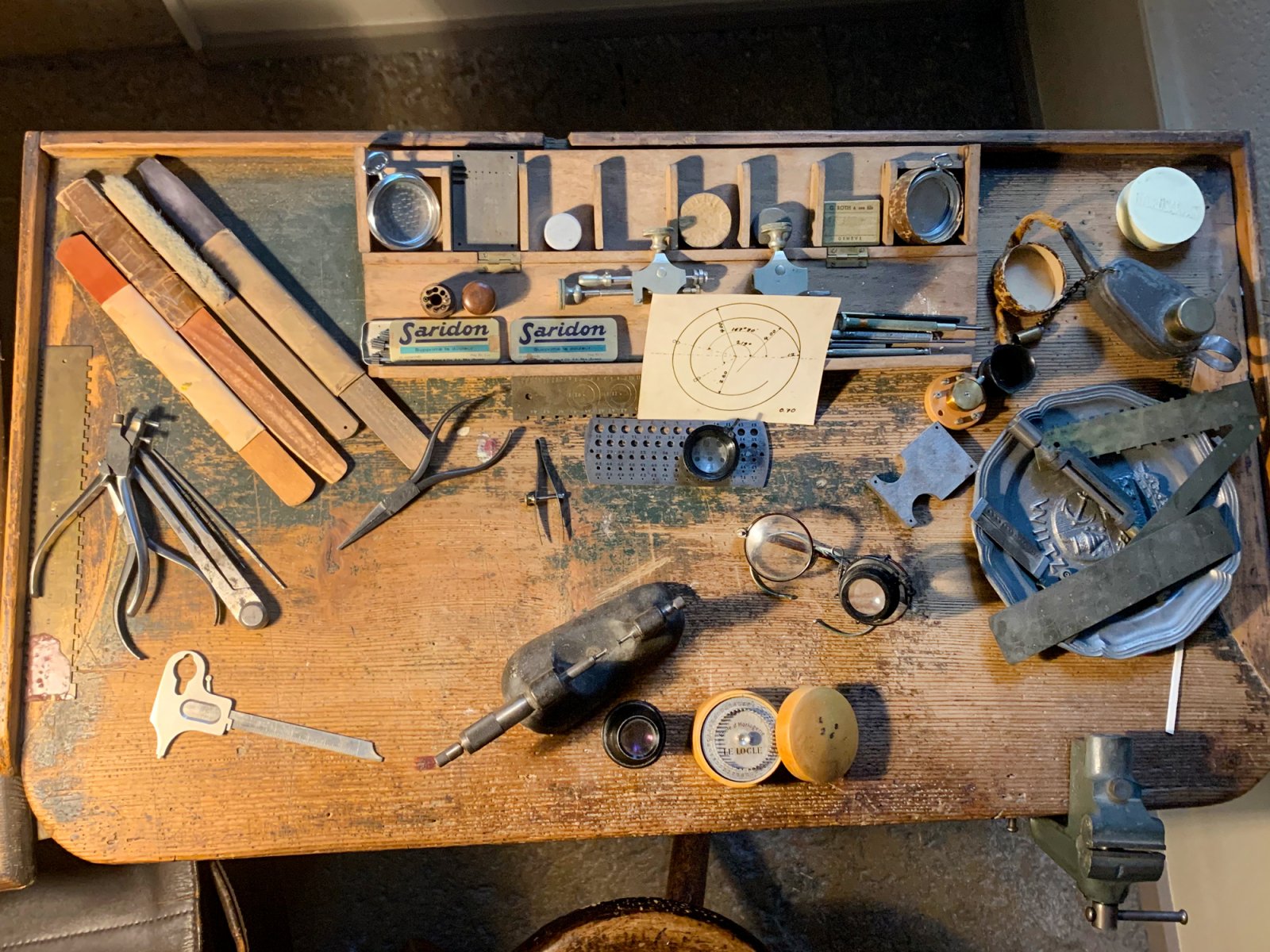
It’s no secret that punctuality is what makes Switzerland tick, from its timely train departures to its international reputation of having the world’s most reliable watches.
But what most tourists don’t know is that the true heartbeat of Swiss watchmaking is far from the shiny window displays along fancy shopping streets - tucked away in the Neuchâtel Mountains sits a town entirely dedicated to the craft, La Chaux-de-Fonds.
The UNESCO World Heritage Site is also one of Europe’s highest-altitude cities, resting on a whopping 1000-meter-high plateau.
After saying goodbye to farm life in the rural Jura region, I was lucky enough to run into Wolfgang Carrier, a tour guide who knows anything and everything to do with watchmaking in the valley. He told me to call him Mr. Wolfie, a nickname he acquired when living in my home country, the United States.
Now, if you have a moment, learn about my time in La Chaux-de-Fonds and its watchmaking industry:
The world of watchmaking is infinitely small
Trying my hand at watchmaking certainly gave me a greater understanding of exactly how intricate and immensely tiny this world of springs and gears can be.
The first stop of my tour was Atellie Le Garde-Temps, a workshop studio that hosts classes for watchmakers to refine their skills in assembly, design, and polishing. Dominque, a watch connoisseur since the age of 16, first asked if I wanted a coffee before we got started.
Of course, I obliged. Maybe this not the best move for one who gets shaky with a little caffeine. (I already had three cups before my arrival…)
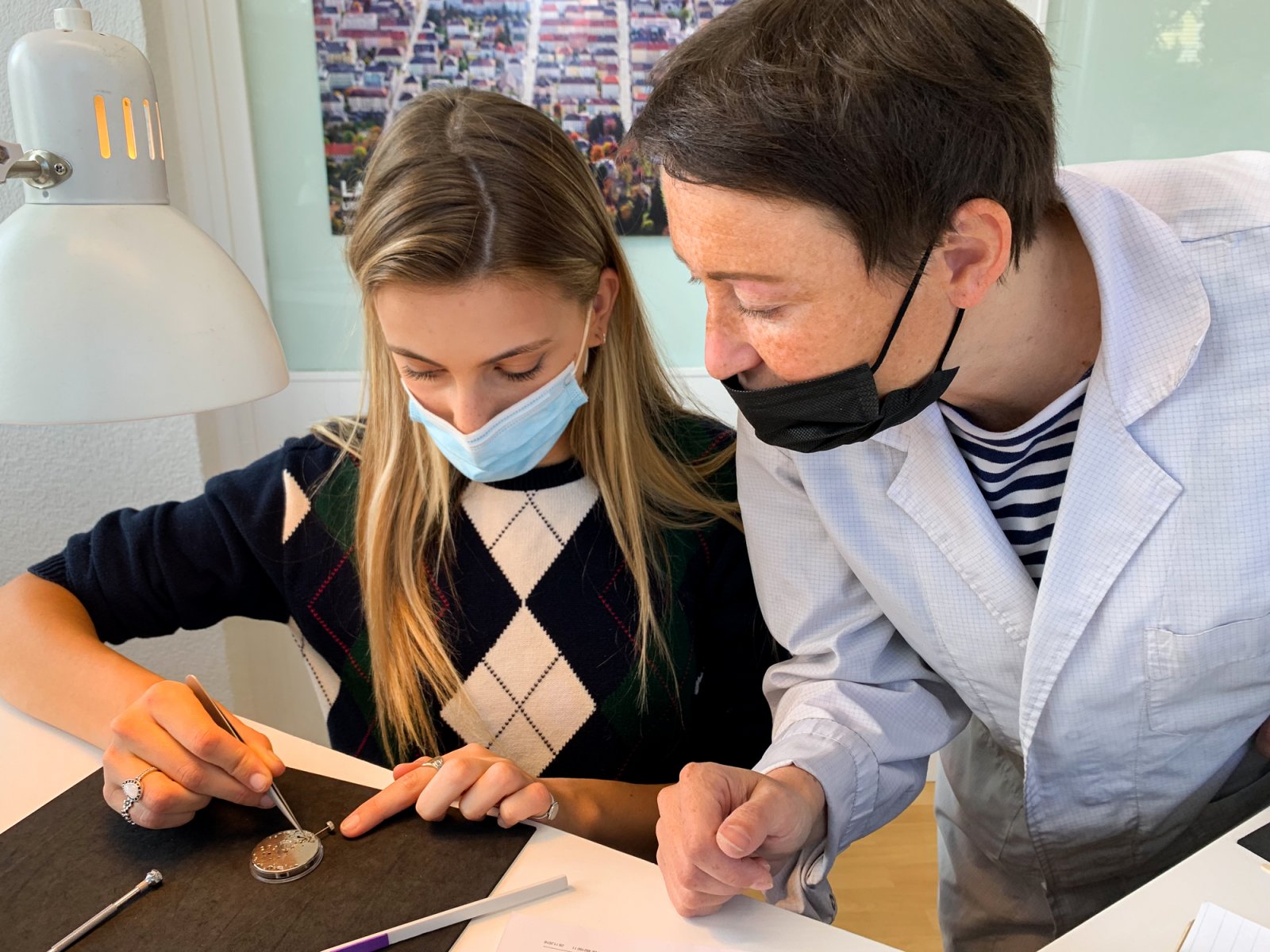
As I sipped on my espresso, Dominique patiently explained in French how to complete the final, crucial stages of assembling a watch. I was to bring this piece of machinery to life, only with tiny tweezers and a special screwdriver in hand. I felt like a surgeon about to conduct an operation with only one lecture’s worth of knowledge.
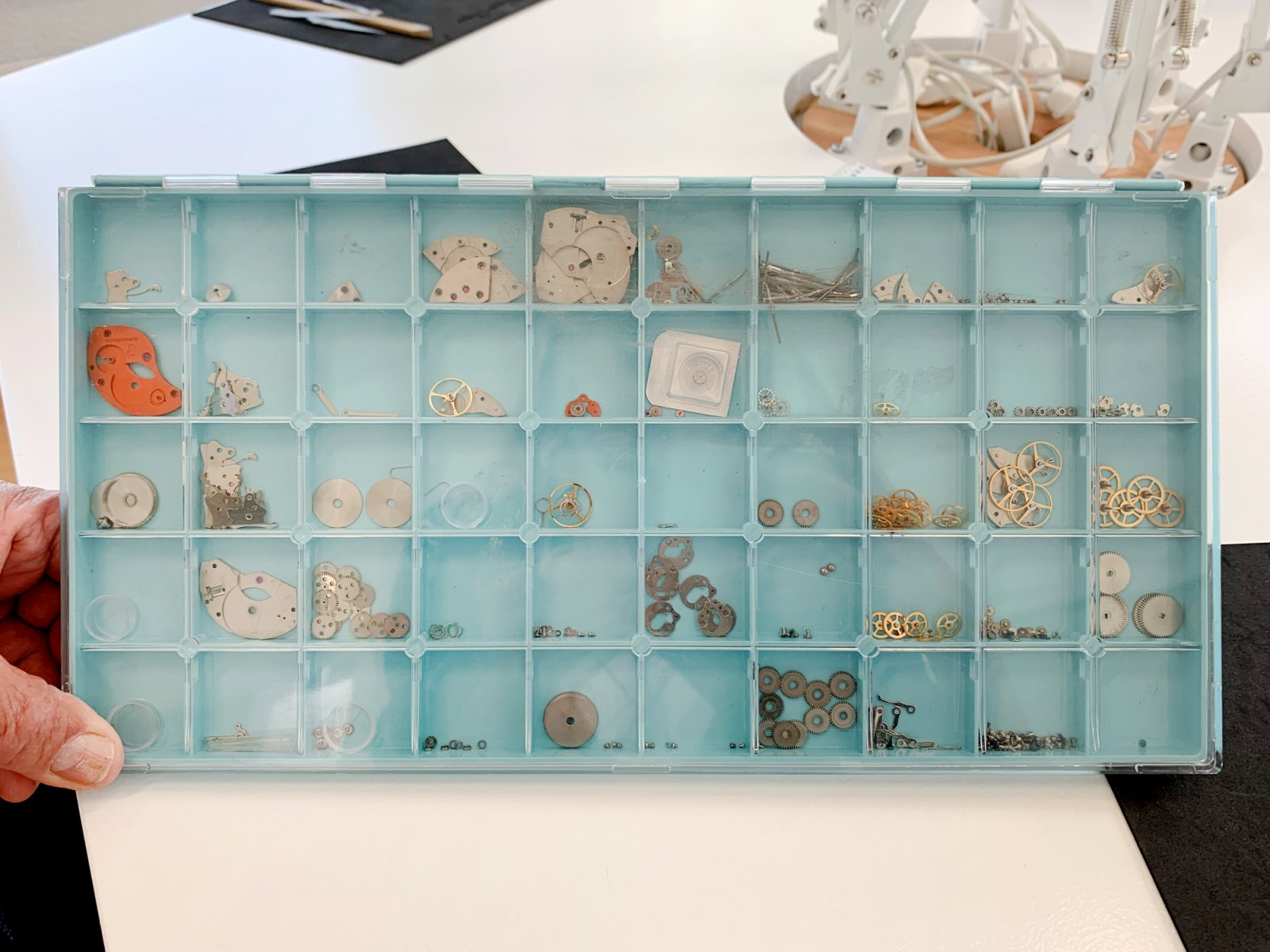
Placing the cogs back into place, though meticulous, felt relaxing. That was until I reached the step where I had to successfully place a spring into a tiny grove.
On my first try, the spring shot up and onto the floor, and the three of us roared with laughter. This is not just a rookie’s mistake, Mr. Wolfie told me, as many watchmakers come home with little springs in the grooves of their boots every day.
I took a deep breath and narrowed my eyes a little, determined to be the best novice watchmaker there ever was. With a click into place, I successfully put the pesky spring where it belonged. Dominique was proud of me, as was I of myself. To try this out yourself, book an introduction course with Atelier Le Garde-Temps.
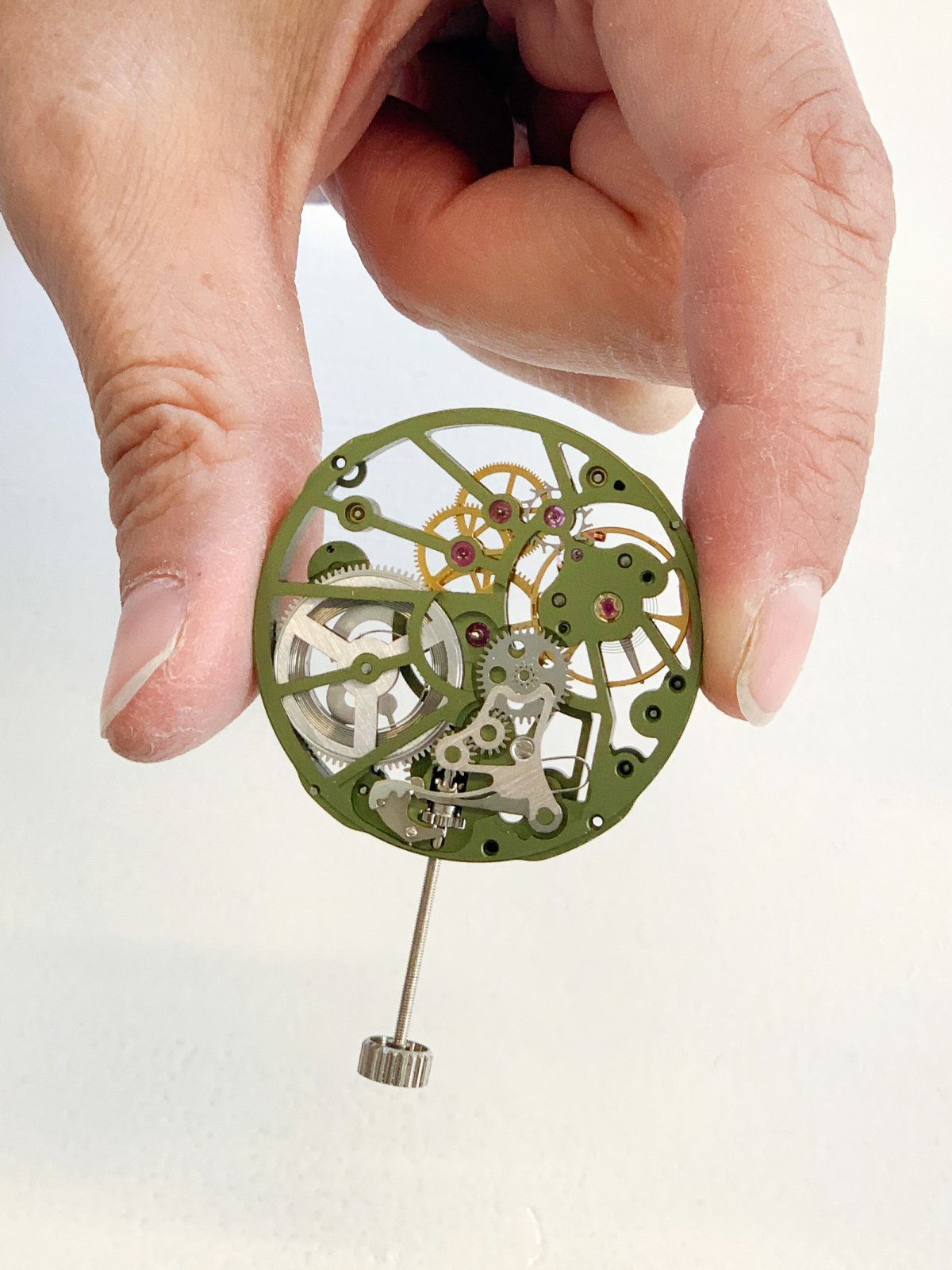
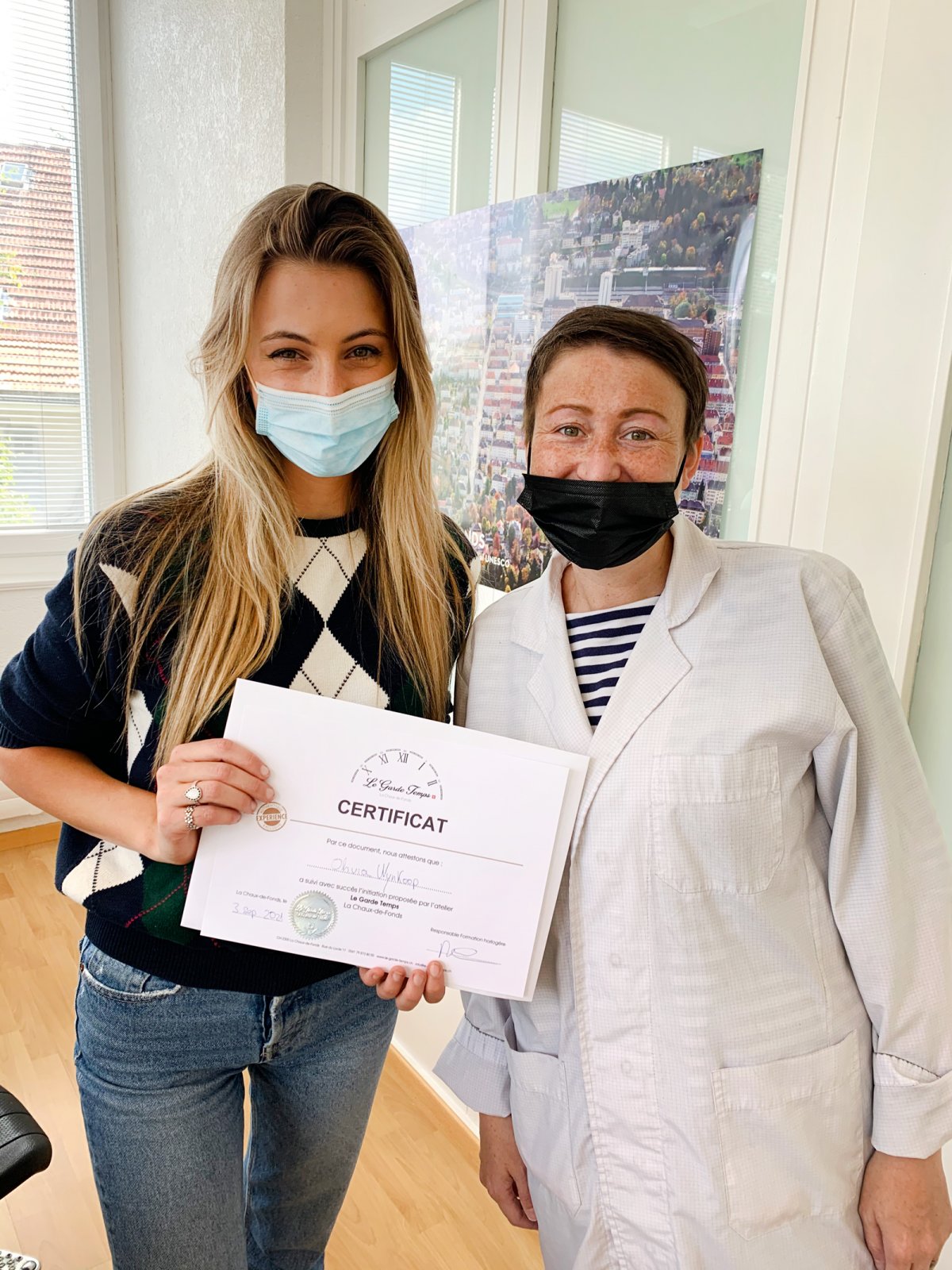
La-Chaux-de-Fonds was built by and for watchmakers
One of my first impressions of La Chaux-de-Fonds was: wow, this place is really, really symmetrical. Turns out, these wide, straight roads were intentionally designed to meet the needs of the watchmaking industry.
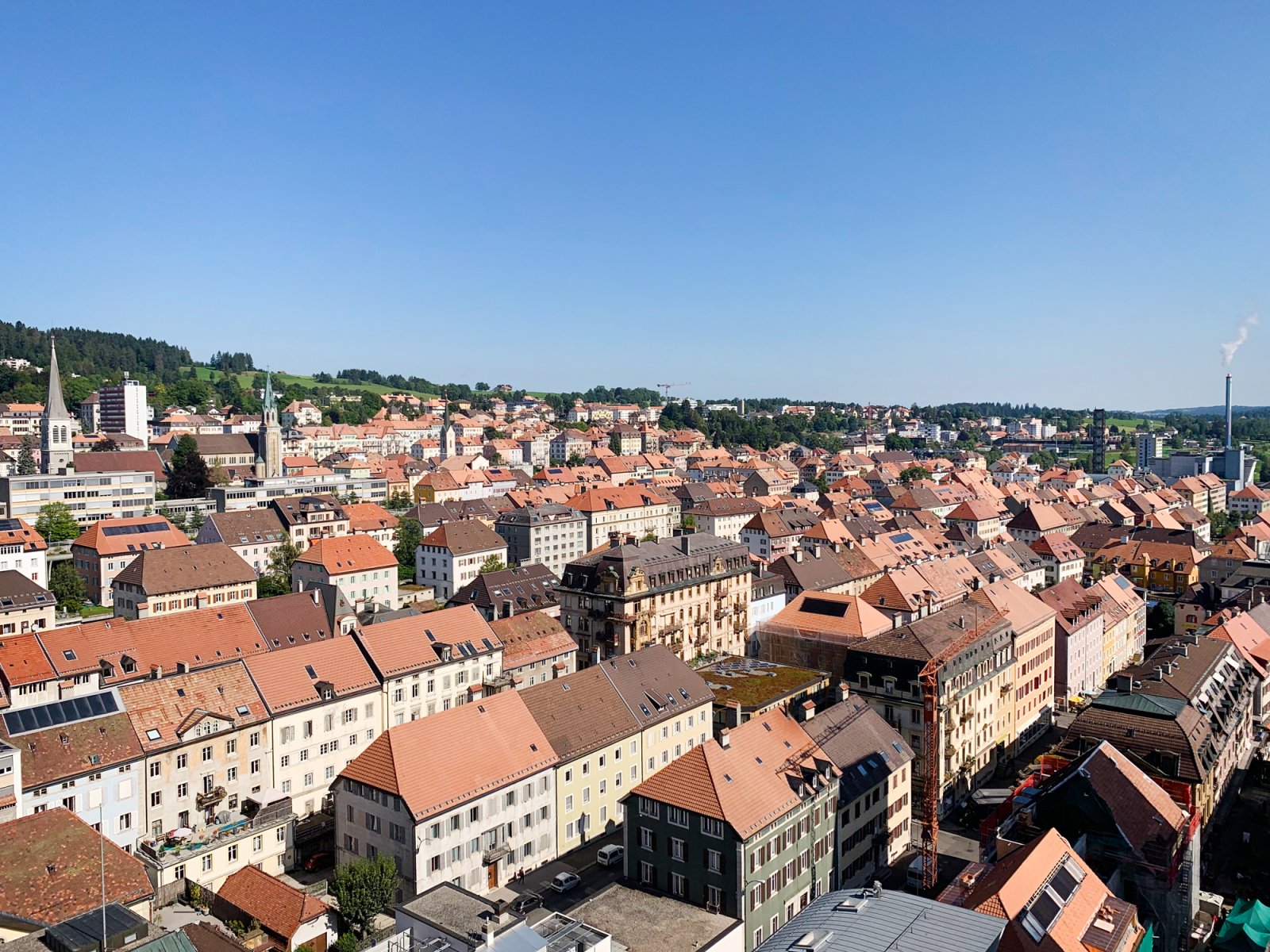
So how did this place become so uniform? It all began one evening in 1794 when a destructive, unruly fire destroyed the rural village. Left in the ashes of what La Chaux-de-Fond once was, the residents of the village had the chance to create an urban watchmaking utopia.
Why watchmaking? Farmers in the region made watch parts in the winter as a way to make a little money during the off-season. It was easy to turn this into a collective industry, as watchmaking requires little noise, pollution, or raw material. All the watchmakers needed was light.
Street, building, garden; street, building, garden. This is the pattern that planners used to place clusters of watchmaking workshops along the slopes of the valley. The perfectly-spaced buildings, all facing the sun, ensured that all inhabitants will have enough light to work on their craft.
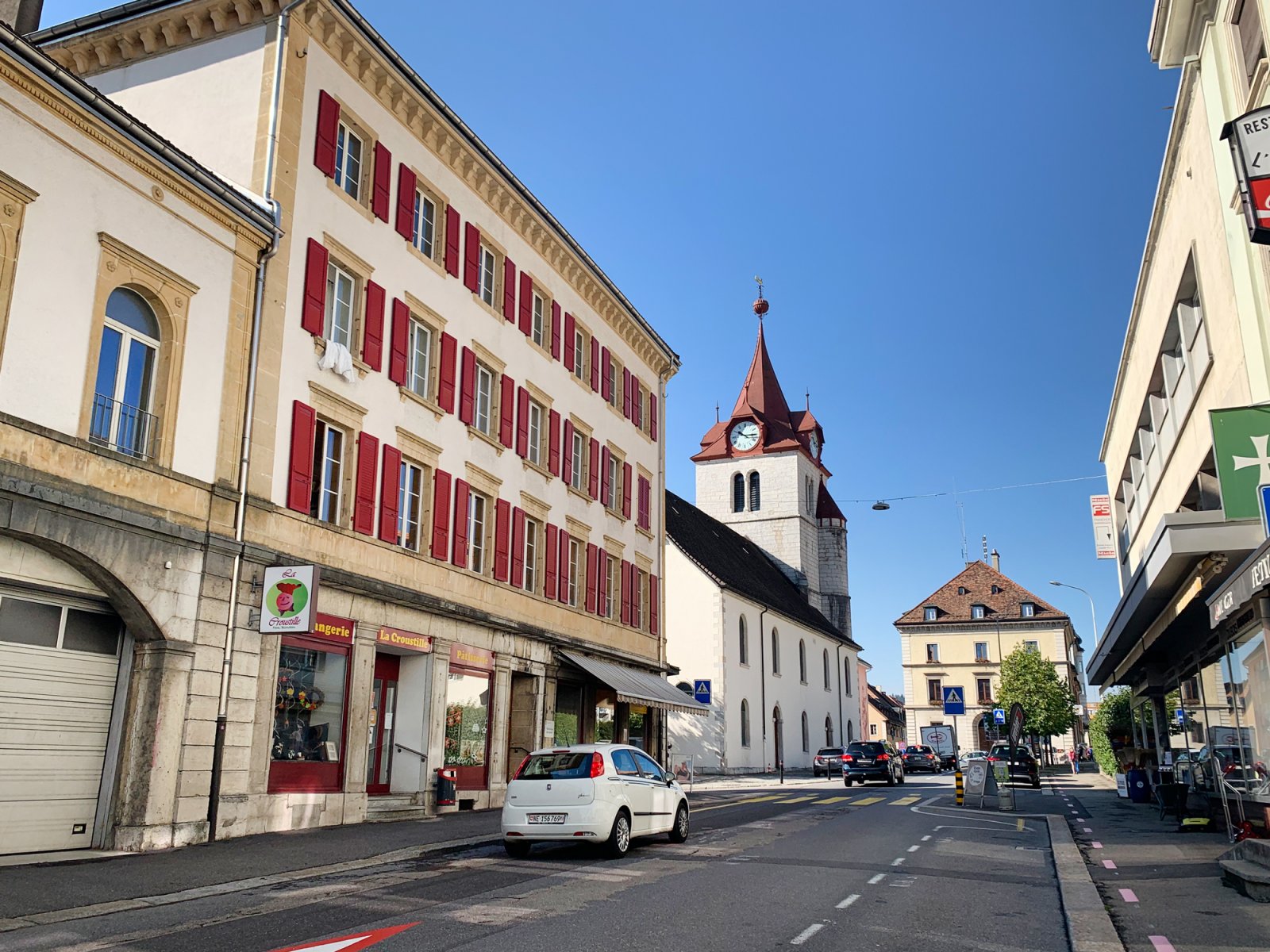
With watches at the forefront of urban planning, people working in all modes of production found their place here. This includes manufacturers crafting the hundreds of tiny pieces required for assembly, or eager apprentices hoping to become the next generation of watchmakers.
As the village grew into a town of 40'000 residents by 1900 - and 55 percent of the world’s watches originating from La Chaux-de-Fonds at the time - city planners continued to prioritize light above all when drawing up building plans.
For a bird’s eye view of the checkerboard streets, I recommend making your way up the Espacité Tower and stopping for a coffee on the 14th floor.
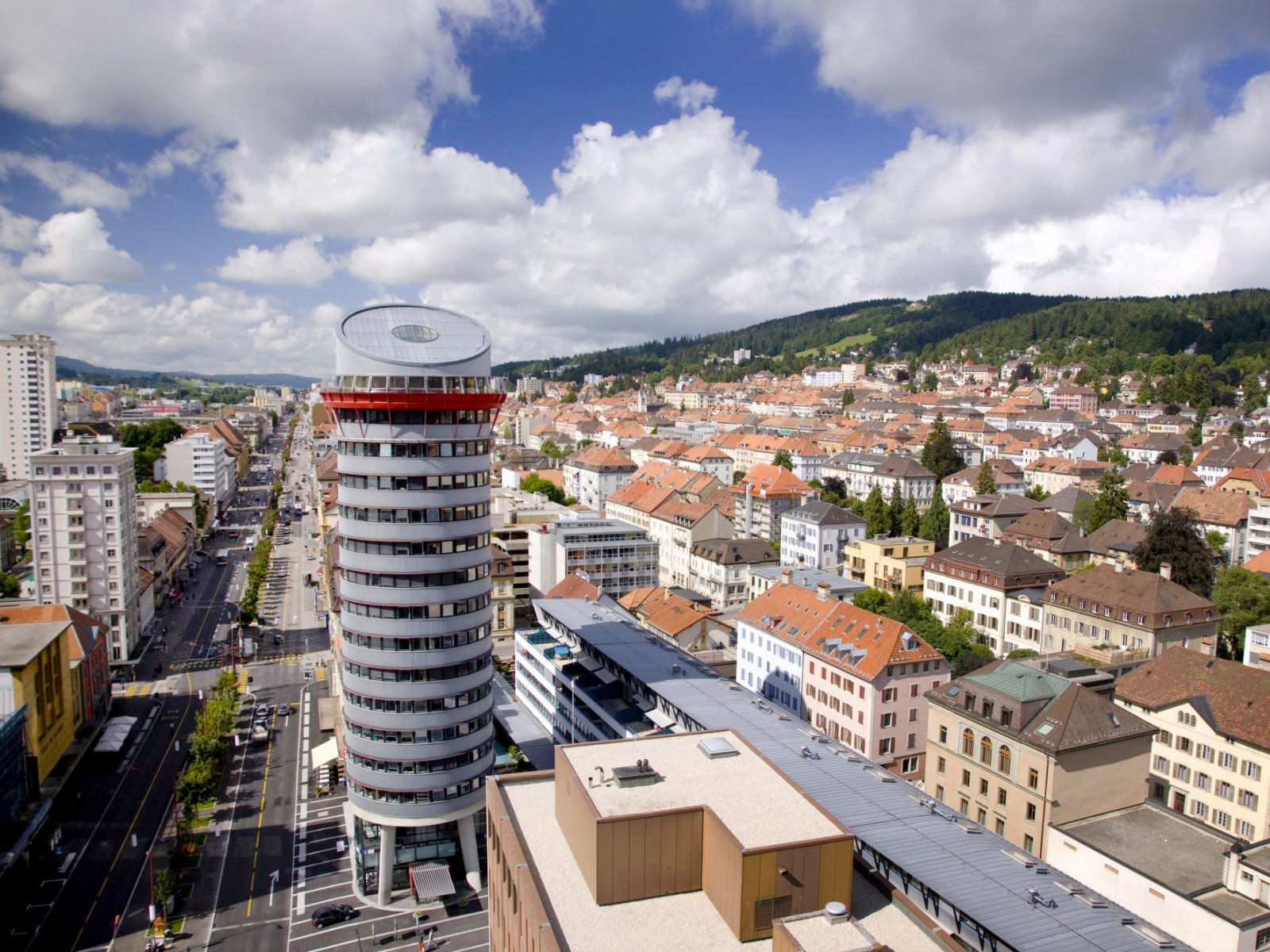
Watchmaking houses are filled with light
Not only were my days fully immersed in the world of time, but I also spent my sleeping hours in it, too. I stayed at the bed-and-breakfast Maison DuBois, one of Switzerland’s oldest watchmaking houses. It was founded in 1785!
The cozy accommodation is located in Le Locle, a quaint town that’s only 10 minutes away by train. With only five rooms in the house, I felt like the watchmakers of Switzerland’s past themselves were hosting me. Mr. Wolfie and I took a gander around the beautiful salon and even ran into some very old documents in a study, like Mr. DuBois’ handwritten sales receipts from 1764.
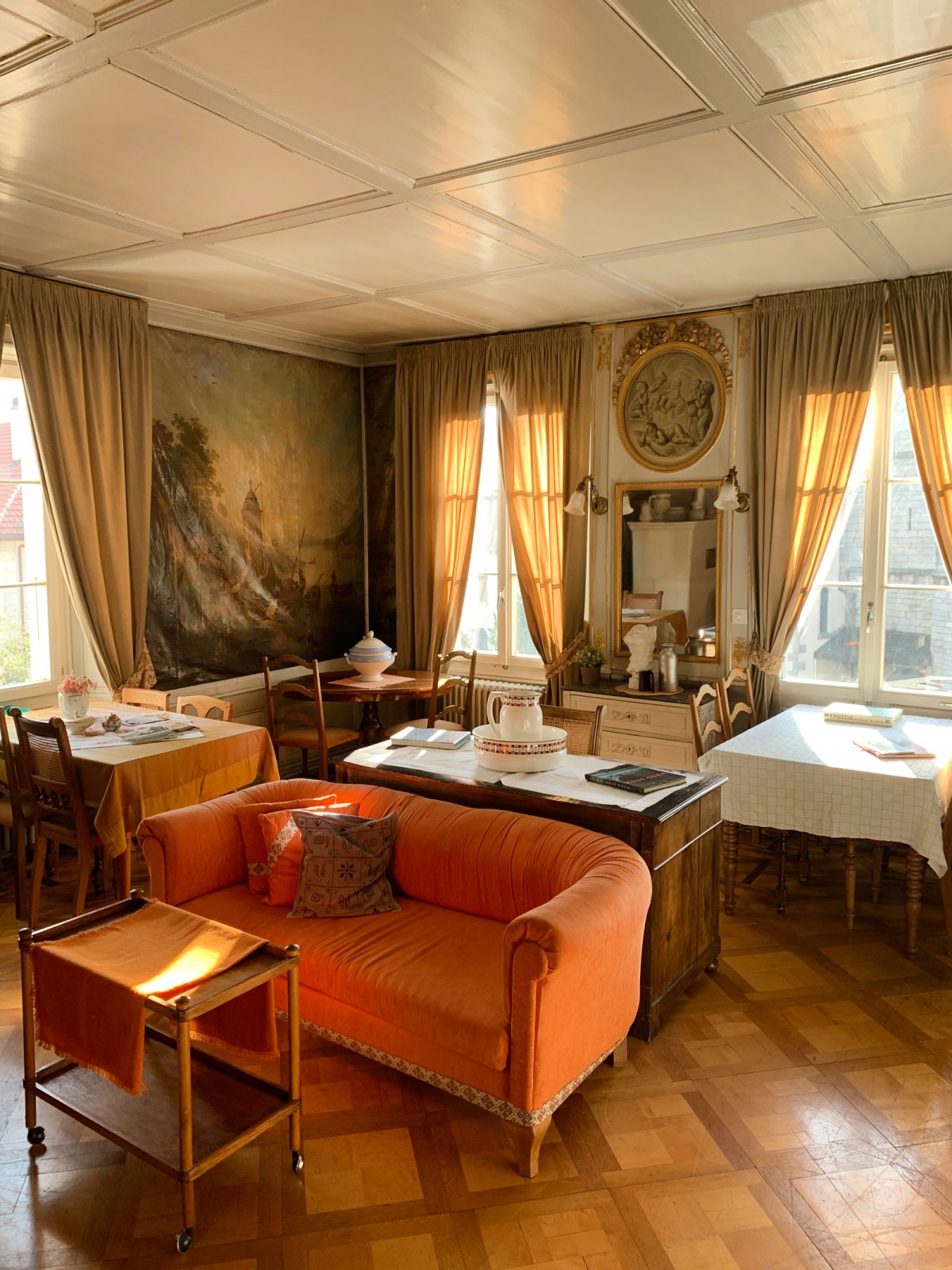
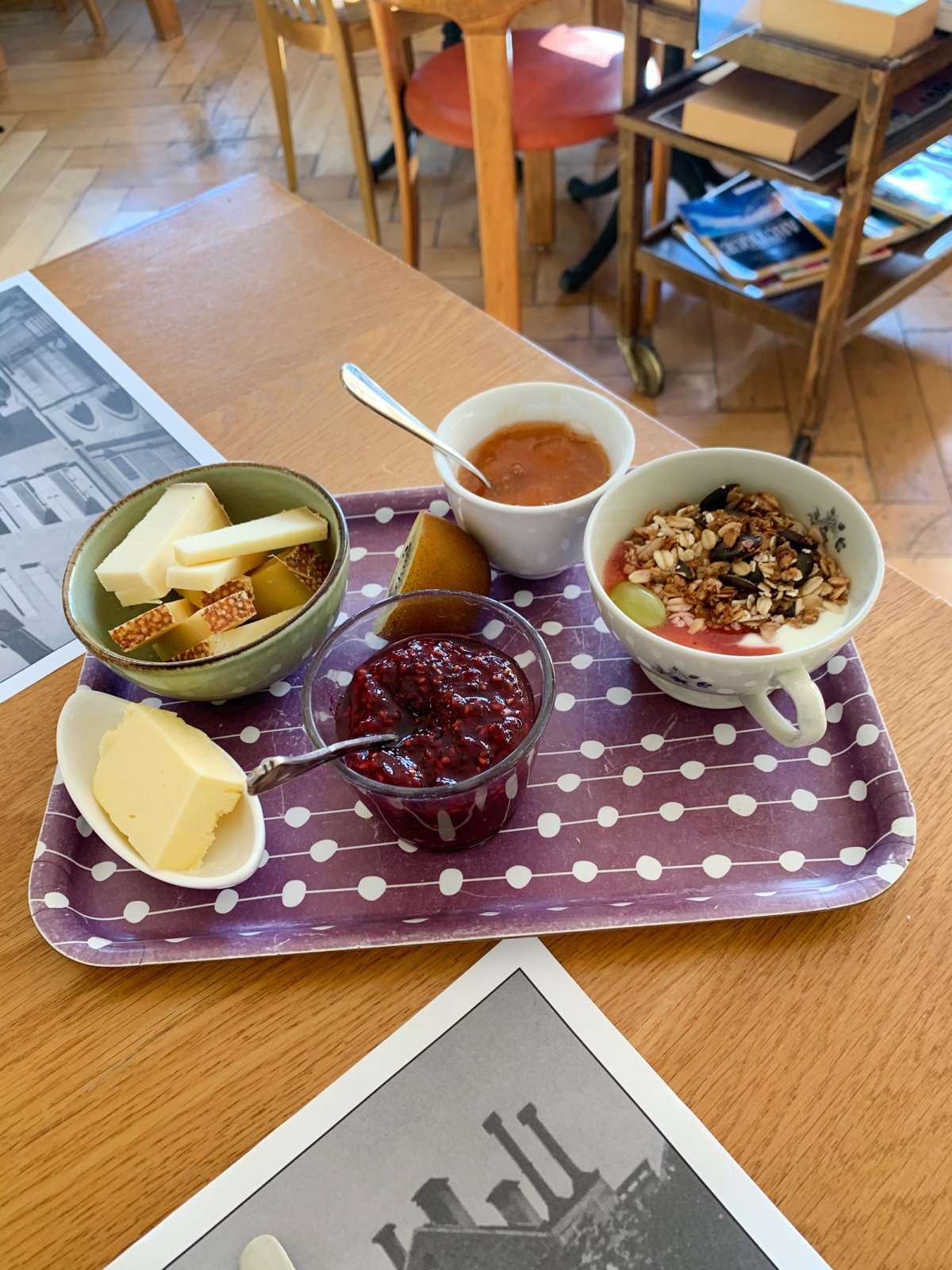
I have fond memories of the B&B’s freshly squeezed orange juice and homemade jam served in the breakfast room. Basking in the golden morning rays as I sat on an old workbench, I realized that I wouldn’t mind a working space like this, either.
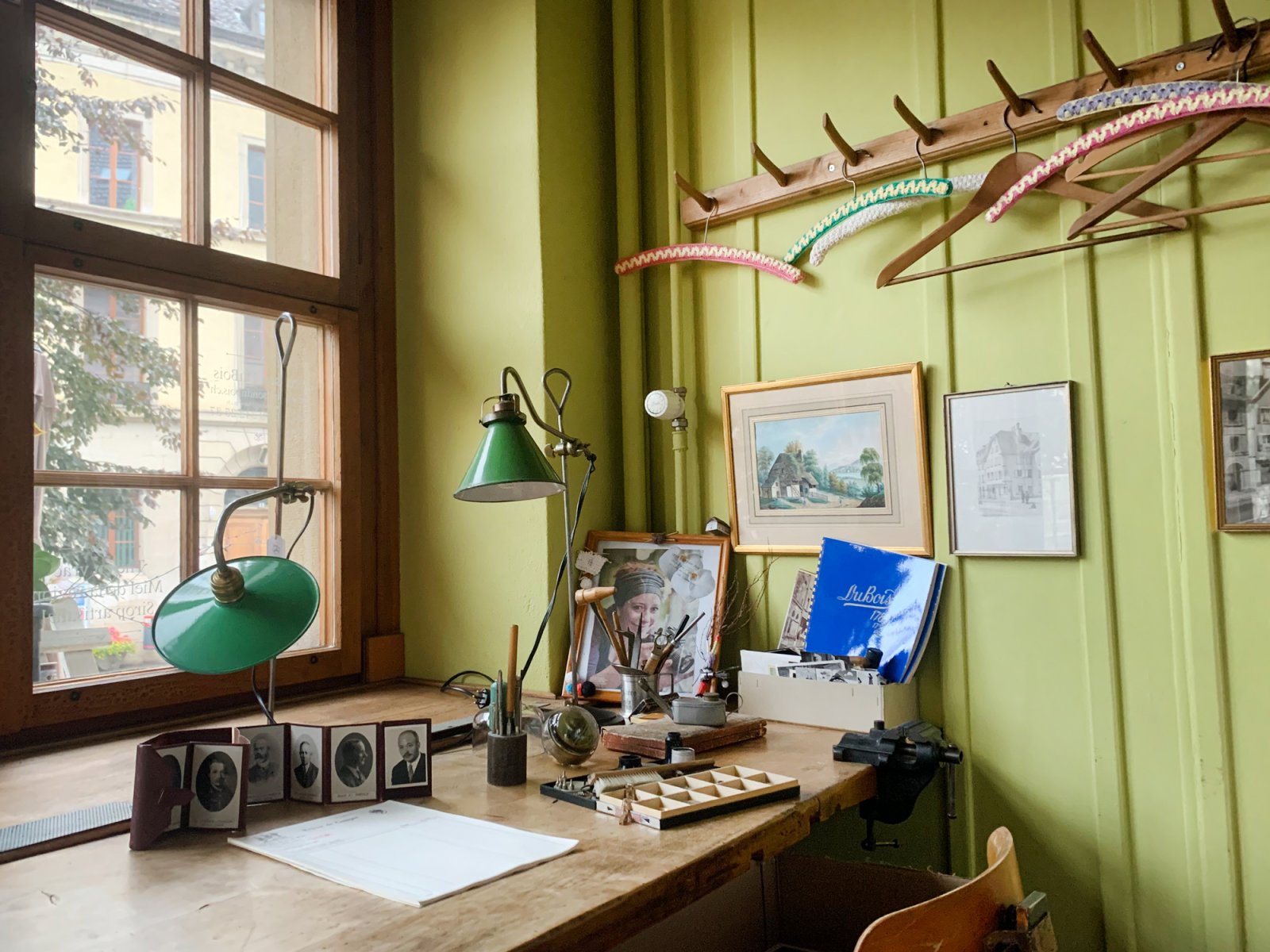
Things can get really intricate, really quickly
Are you curious to see how finely detailed a watch can get? I recommend checking out two museums in the region:
International Watchmaking Museum
La Chaux-de-Fonds
Ancient timepieces, modern atomic clocks, tiny rings, and cuff links with watches inside. The International Watchmaking Museum has it all, and it’s only a 6-minute walk from the main train station. It’s truly an in-depth showcase of the story of time with its 4000 timepieces from all time periods, all over the world.
Mr. Wolfie even pointed out watches with hand-painted enamel dials, with the details so fine you needed a magnifying glass to capture them all. Can you imagine the kind of precision that would take? One of my favorite aspects of the museum was seeing how the interworkings of mechanical watches translated to making other machines, like perfume guns and automata.
I also learned that clocks can largely tell a story about the culture they were manufactured in - for example, some “wall” clocks from Japan included a floor stand, as they are too heavy to be hung up on traditional shoji paper walls.
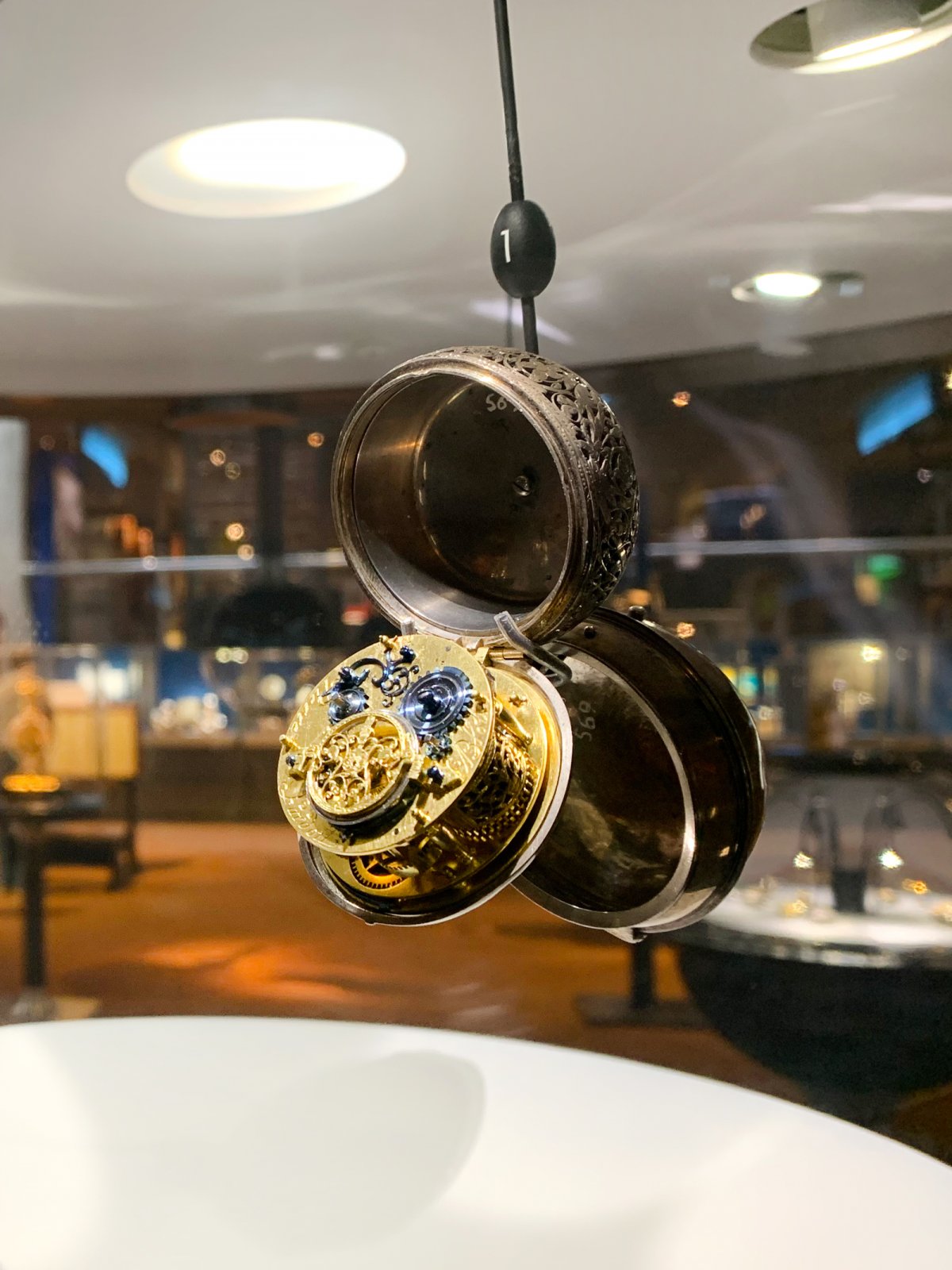
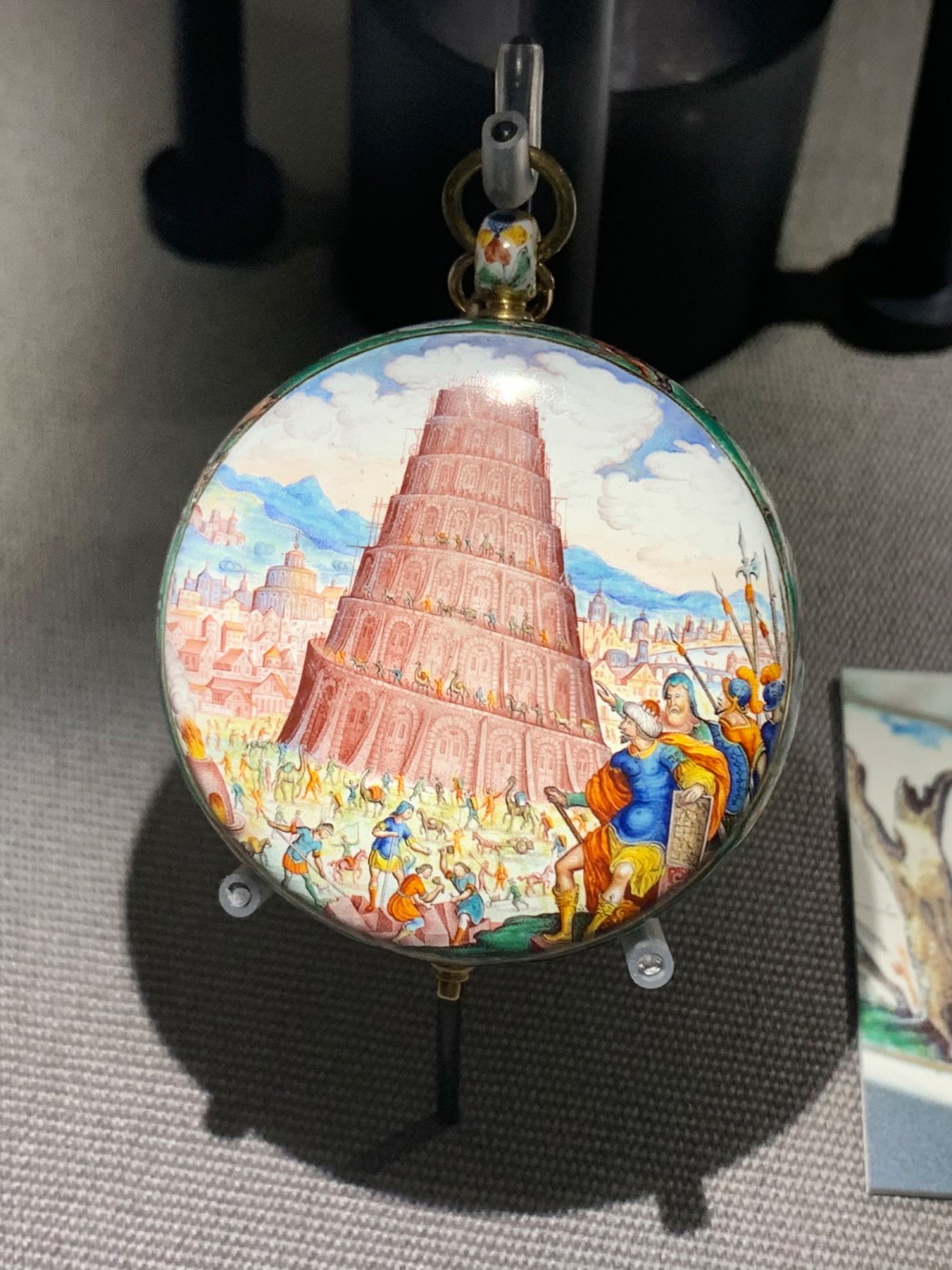
Musée d'horlogerie du Locle
Le Locle
The Watch Museum of Le Locle showcases a smaller but stunning collection of clocks, watches, and automatons in a beautiful château, once owned by the famous watchmaker Samuel DuBois. (I've slept in his workshop!) The museum's Versaille-esque interior design and English-style gardens have been preserved since the early 20th century, giving visitors a greater sense of the life of rich families of Neuchâtel’s past.
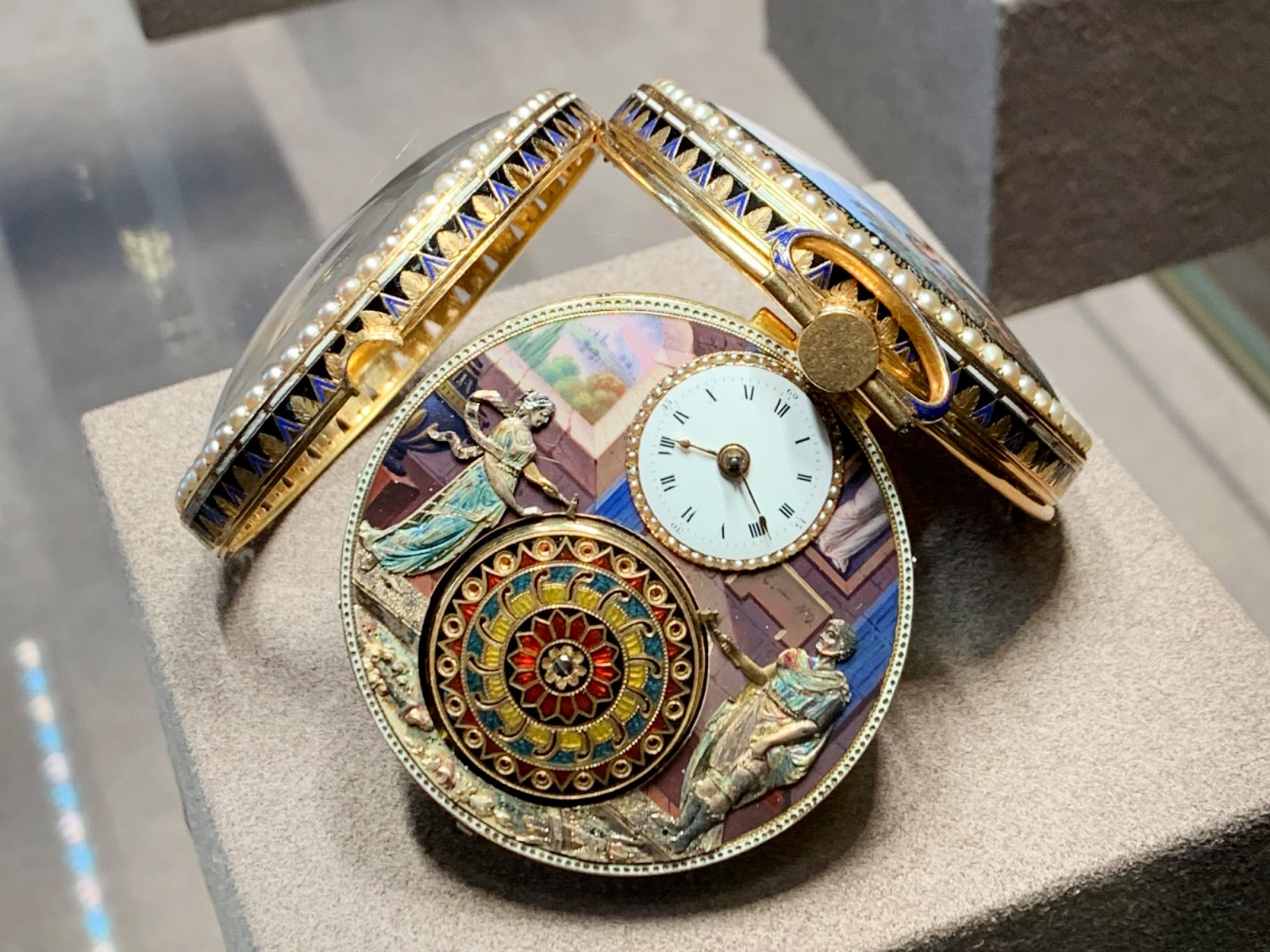
Permanent exhibitions include French-made clock cases from Louis XIV’s reign, Neuchâtel pendulous, and Swiss automatons. A crowd favorite is the Rochat brother’s singing bird mirror, made in the 19th century.
Also, buy an individual entry ticket, and you’ll receive a discount for the International Watchmaking Museum.
Timepieces are not just about telling the time
If people need to tell the time, they can just take a quick look at their phone’s home screen, said Mr. Wolfie. As the watch’s logistical need in society subsides, mechanical timepieces are instead pieces of both machinery and art. It almost feels like a living being; its tiny “tick” the heartbeat, and its intricate moving parts the way it breathes.
La Chaux-de-Fonds can continue to foster this industry without interruption from contemporary technology thanks to both its permanent city structure and passionate community that works to preserve this fine craft.
I would’ve never understood its value without my time in La Chaux-de-Fonds.
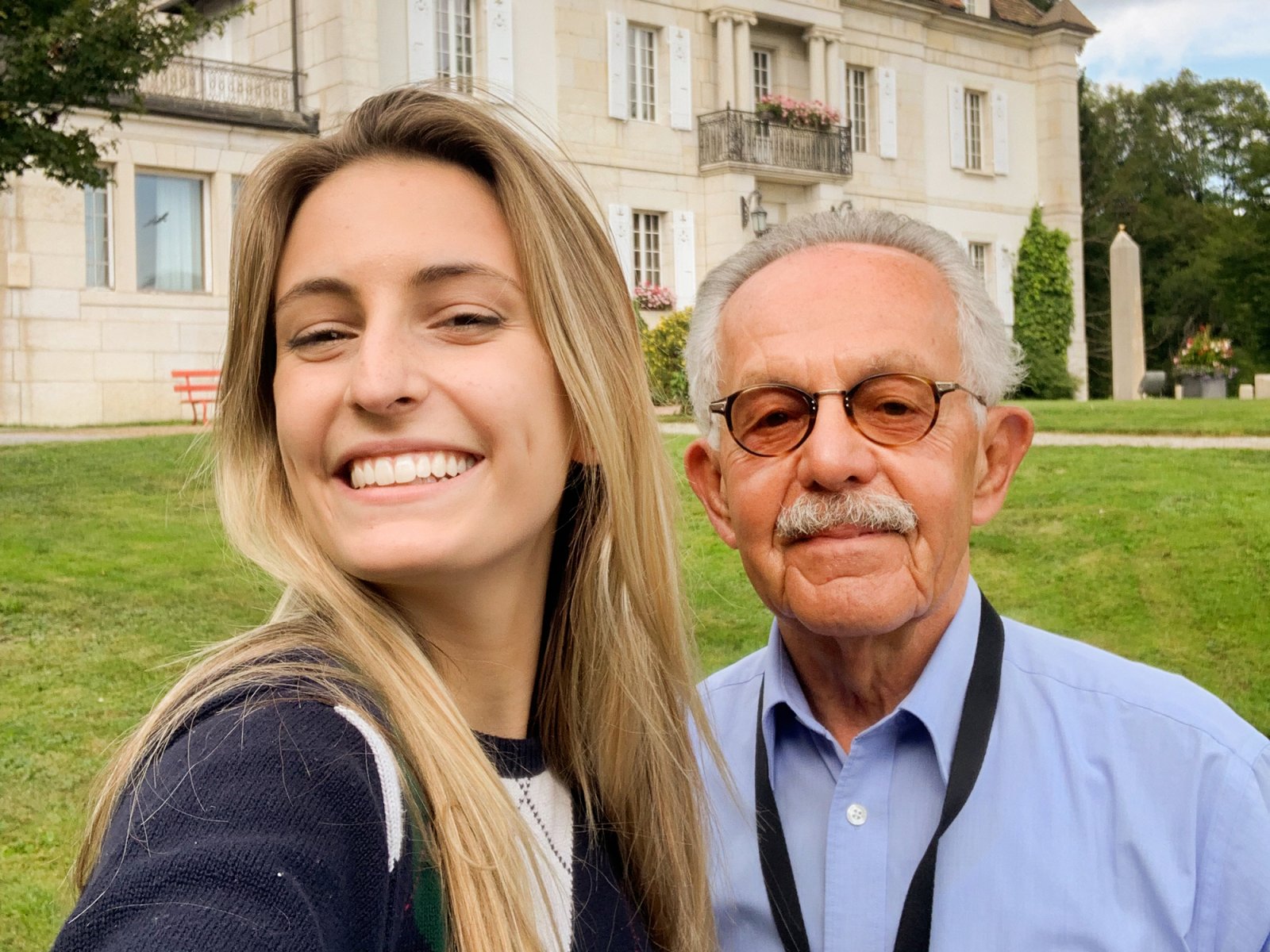

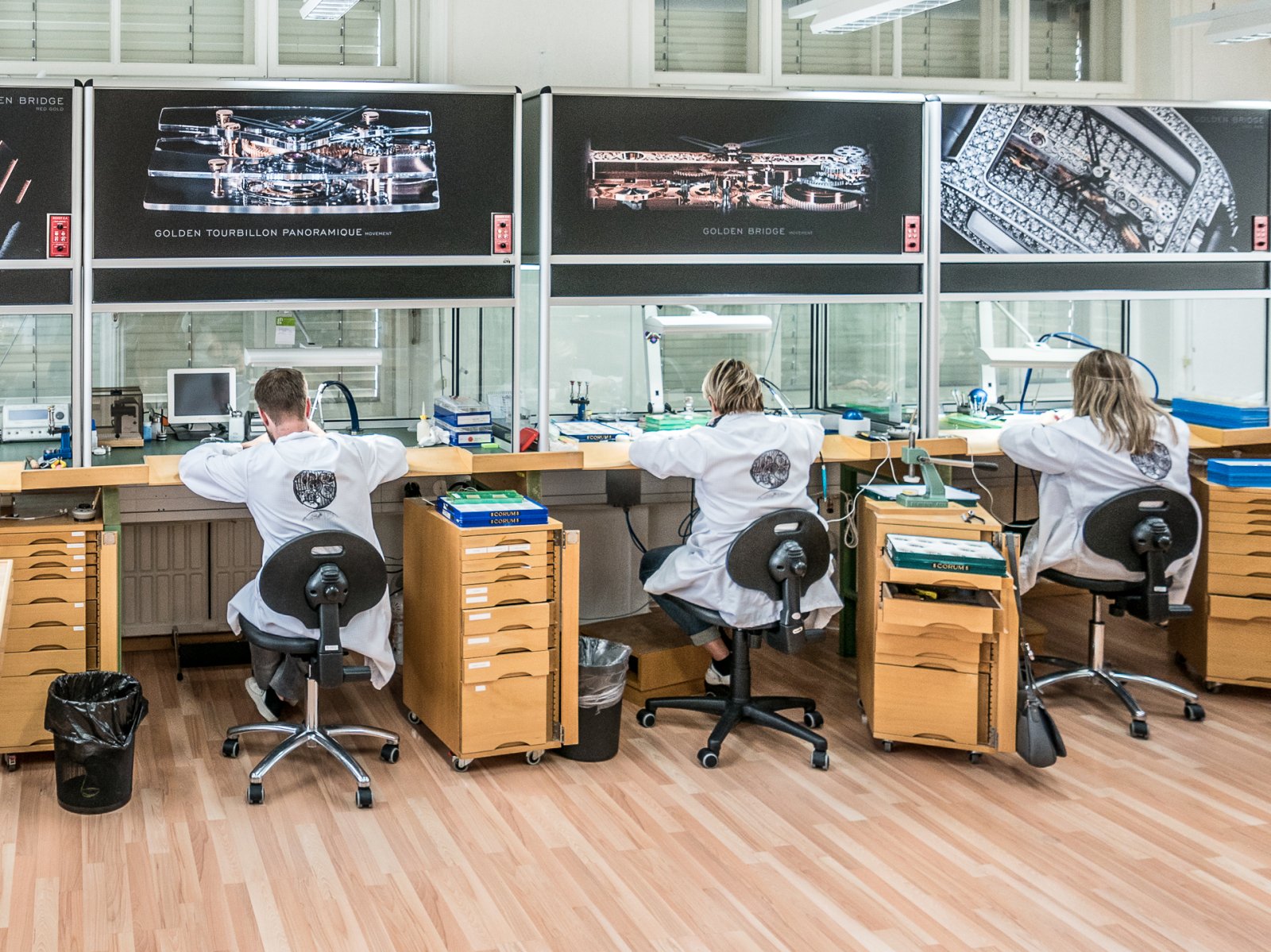
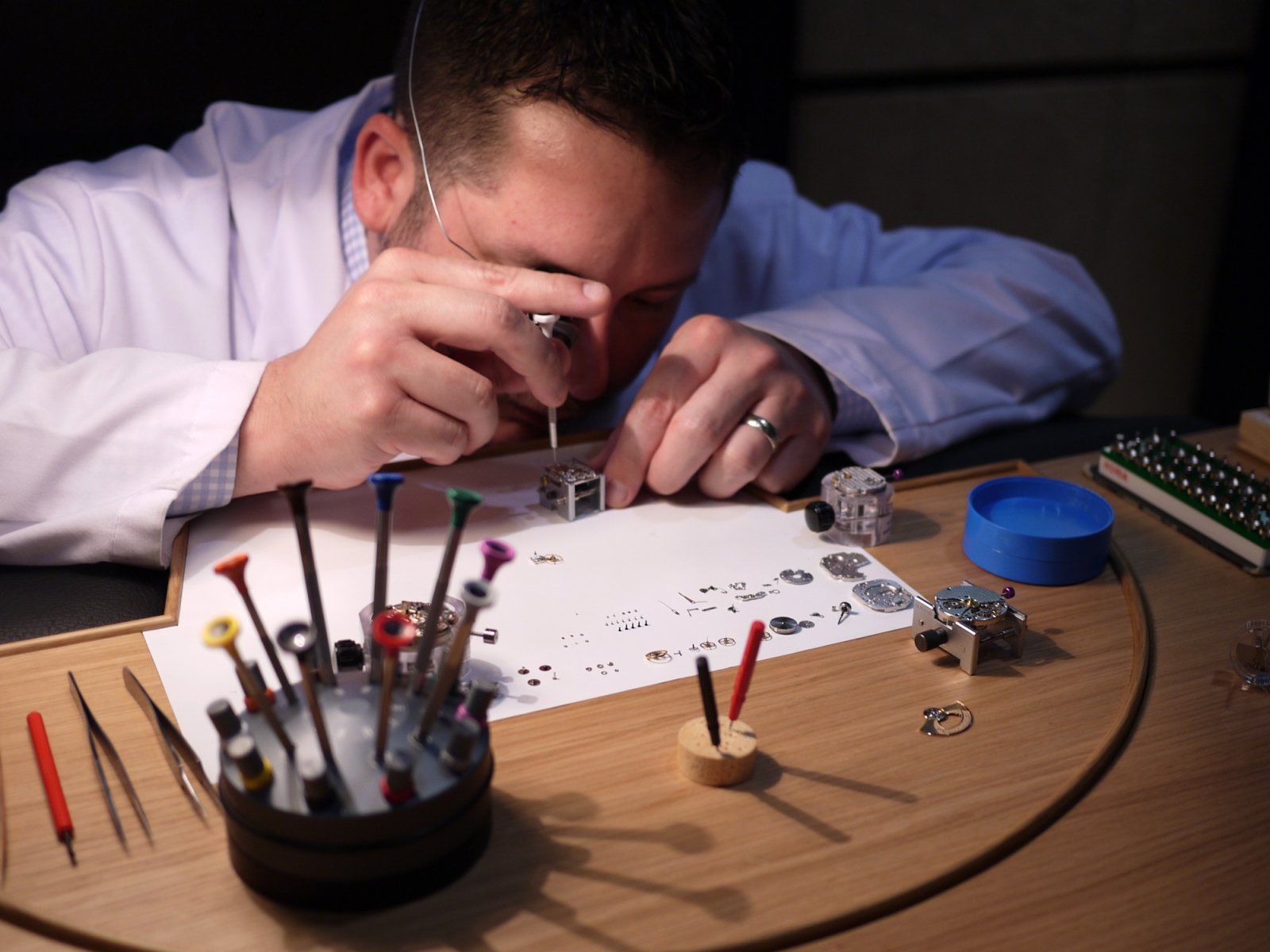
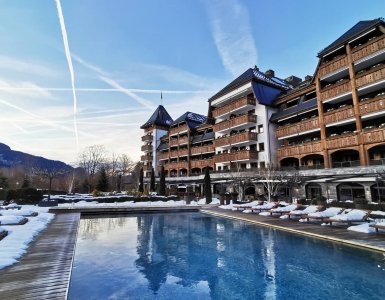
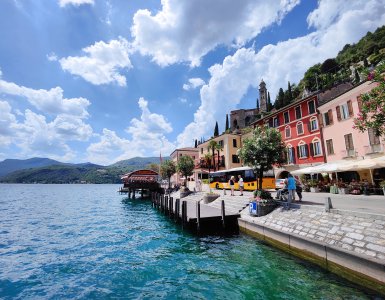


Add comment